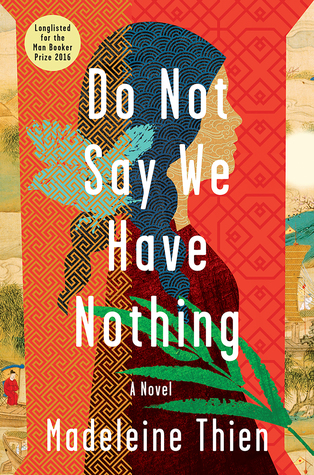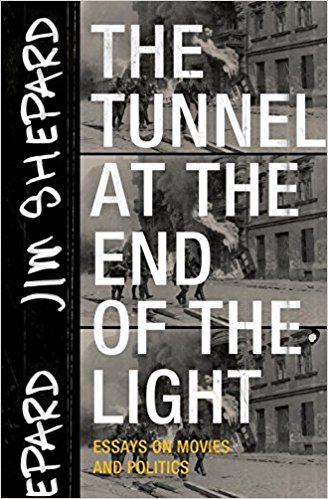The Euphoria of Slime
by Daniel Johnson
Last week, my girlfriend sent me a link to a string of tweets from a third-grade math teacher at a Brooklyn elementary school detailing the events of a sting operation that went down in one of the girls’ bathrooms earlier that day. The bathroom, administrators had learned, was a local haunt for proprietors and customers of neither drugs nor cigarettes nor Pokémon cards nor Trolli gummi worms, as in my day, but homemade specialty slime: butter slime, fluffy slime, cloud slime, slushie slime, smoothie slime, glossy slime (standard slime), floam, icee slime, fishbowl slime; slime that smelled like bubblegum, chocolate, Swedish fish; slime stuffed with regular beads, styrofoam beads, and glitter. The foiled slimelord, according to the tweets, was named Griselda, and she not only “had the game on smash,” but also “had mad flavors too.”
The idea of slime as a “game”—rife with hallway territory wars, slime-slinging middlemen, customers who drool over the newest, dankest flavors—is just plain delicious, and far more malfeasant than my original association with the phenomenon. I first learned of it months ago, also via my girlfriend, who, as a way to relax and often before bed, watches videos in which disembodied hands create and play with all sorts of these specialty slimes. She has her favorite “slimers,” and has purchased small quantities of their products, which arrive in clear plastic tubes or Tupperware containers, sometimes accompanied by a piece of candy. Some she keeps in her desk at work, some at home. For her, slime isn’t far from hand-occupational therapy. It both calms and thrills her.
We’ve watched some videos together. Their allure is both hypnotic and meditative; watch enough, and you’ll notice the distinct and mindless rhythm to the mixing, folding, and swirling. It’s a sensory experience unto itself, separate from the tactile rapture of actually playing with the stuff. I find the suction squelch of slimer fingers depressing into and releasing from a dollop of floam to be downright euphoric. My girlfriend explains her affinity for the videos, in part, as “an ASMR (autonomous sensory meridian response) thing.” Which is to say, the effect is not unlike auditory-tactile synesthesia, whereby certain sounds induce the sensation of touching or, perhaps more importantly, being touched.
Consider, too, the strangely pleasing language and verbiage surrounding slime and all you can do with it: glob, blob, jiggle, squeeze, ooze, gum, flub, goo, smush. The almost universal absence of hard Anglo-Saxon consonants echoes the smooth, quieting effect ten minutes with a handful of butter slime might have on a disquieted mind.
Like so many other video crazes—unboxing, pimple-popping, etc.—there's a vast subculture dedicated to the slime frenzy on Instagram. From what I understand, the community can get hostile and petty. Many slimers are simply entrepreneurial teenagers (often younger, like Griselda) who are quick to accuse people of stealing their ideas, poaching followers, using cheap materials. And I get it. For some of us, theirs may be a therapeutic—albeit a Nickelodeon-nostalgic and super funky—product, but that’s reductive; for slimers, slime is both an amorphous art form and an increasingly lucrative economy. How can anyone be taken seriously as an artisan slimesmith in such a competitive landscape if she can so easily be ripped off by the latest Elmer’s Glue-and-glitter-using copycat? Not long ago, a twenty-three-year-old slimer made enough money off her product to retire and purchase a six-bedroom home. Marketwise, there’s no ceiling here.
And yet, as with fidget-spinners and booger-balls, specialty slime is just the latest glorious novelty added to the treasure trove of infuriating shit teachers have to confiscate and feel too old to understand. The string of tweets has since been deleted, but the third-grade teacher reported that none of the students were disciplined, despite the significant haul seized in the sting. I like to think Griselda—what a wonderfully villainous name for the folk symbol she’s become!—is battening down the hatches, returning to her basement laboratory, and scheming up a superslime that’ll bring the school administrators to their knees, make all the other slimes look like garden-variety flubber, smash the game anew, and hit the online markets before Christmas. I’ll buy that one myself.
Daniel Johnson is a graduate of Southern New Hampshire University's MFA in Fiction and Nonfiction. He is currently an Editorial Assistant at Bedford/St. Martin's Press.

























